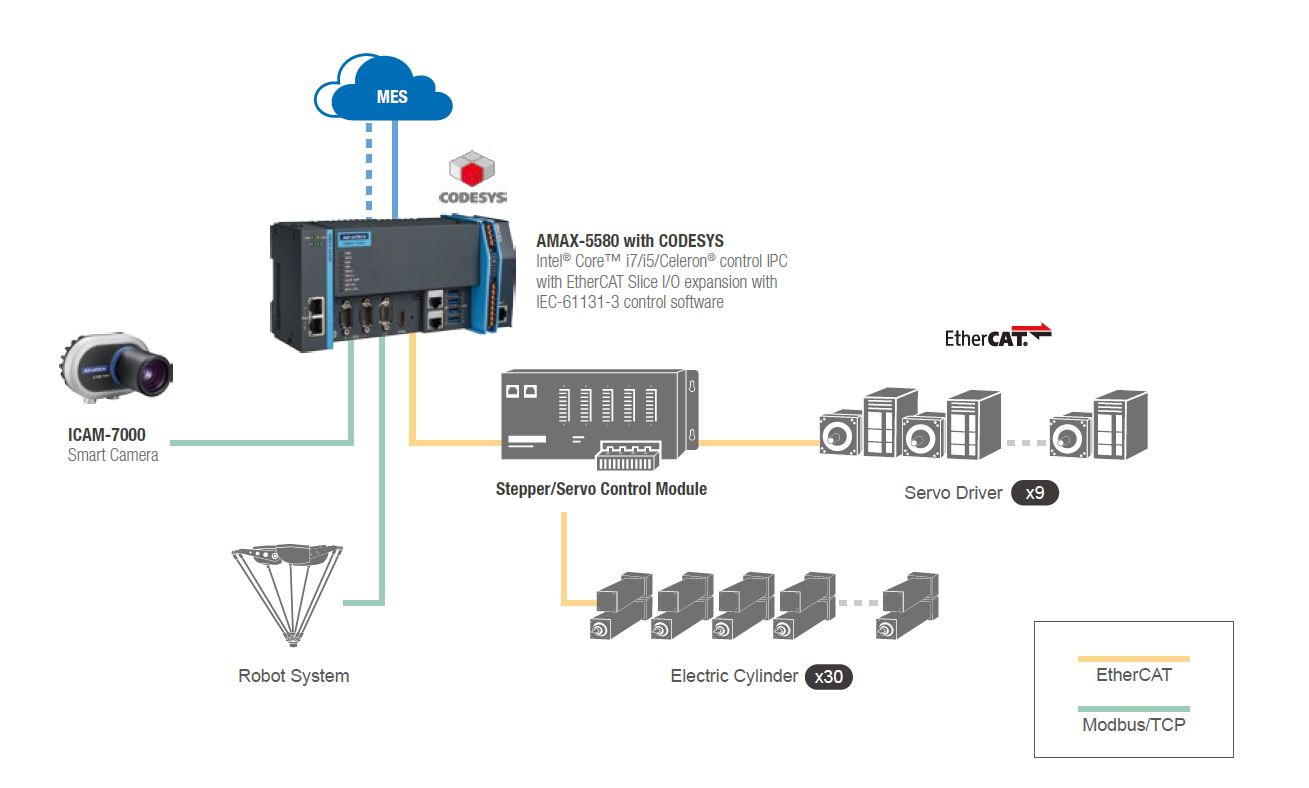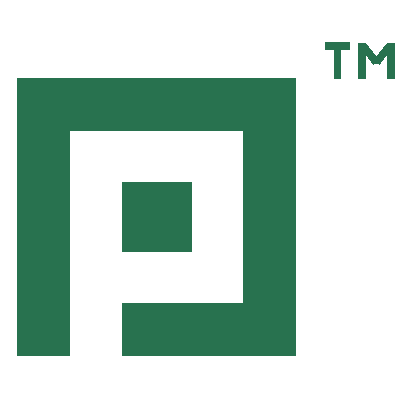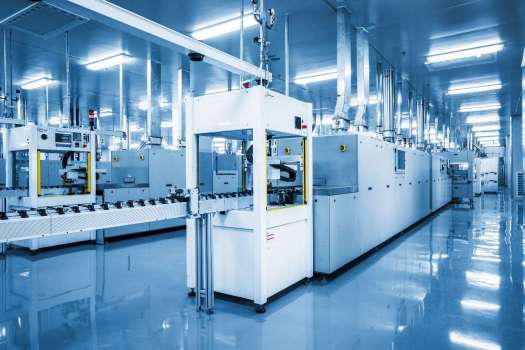Advantech's 3C Inspection Solution Integrates Motion Control, Machine Vision, and MES
Project Introduction
Advantech's PAC filter inspection solution integrates the Windows open platform and the CODESYS real-time kernel to form a system that realizes motion control, machine vision, and decentralized IO and MES functions, enabling the automated movement, inspection, storage, and informatized management of mobile phone filters. This solution cuts development time in half and optimizes system execution time from 2ms to 0.5ms, improving inspection efficiency and accuracy, and realizing informatized management. With the rapid development of 3C technologies, smartphones have become the standard for nearly everyone. One of the key components in the cameras of common smartphones is filters. Filters block some invisible light that will interfere with the camera and cause color distortion. For this, manufacturers need to fully automate the inspection of filters to control quality. The stability, inspection efficiency, accuracy, and informatization of filter inspection equipment are the key indicators that determine the quality optimization and yield of the entire filter production process.
System Requirements
The customer to be introduced today is a domestic company that specializes in AOI filter inspection algorithms, who, with the increase in market automation and intelligentization, needs a comprehensive automated AOI inspection solution that includes materials storage, collection, inspection, sorting, and storage, and information must be uploaded to a database and integrated with an MES system to help solve the following problems:
- High-performance processing: Because the visual processing requirements are high, a CPU with powerful data processing capabilities is required for the control system.
- High immediacy: To improve inspection efficiency, it is necessary to accurately turn on the camera and perform line scan processing during motion, so a high-speed position comparison trigger is required to trigger the camera to take photos.
- Decentralized I/O: The entire set of testing equipment involves 39 axes (9 servo motors, 30 electric cylinders), which are placed at three stations. There must be a connection between the stations. Centralized control cannot be used, and high immediacy performance is also required.
- Informatization: The system data needs to be uploaded to the database and connected to the MES system to transmit work orders, parameters, and material numbers, and realize other database functions.
- Multi-peripheral interconnection: Due to the need to move and inspect the product, it is necessary to interconnect with three robot arm controllers.
Customers' Pain Points
Currently, companies in this market usually face the following problems:
- Since multiple key processes such as motion control, visual inspection, and databases are involved, the realization of a filter inspection and control system requires industrial control computers and multiple PLCs;
- Programmers knowledgeable in two different programming languages are required: PLC programmers and C/C# high-level language programmers; l Project delays due to spending more time on the integration of multiple systems;
- When there's a significant amount of communication between the controllers, it is necessary to sacrifice part of the equipment processing efficiency. At the same time, multiple controllers and a large amount of data transmission are also hidden dangers that may reduce system stability and inspection accuracy.
System Description
Advantech has provided customers with a PAC solution, which uses a high-performance Intel Core I7 processor and a split-core structure. This solution integrates the powerful Windows 7 environment and the CODESYS real-time stable kernel; each system has its own CPU that does not interfere with the other. The customer of this project runs machine vision, the C# host interface, and the database in Windows7. At the same time, the customer runs multi-axis motion control and robot communication in CODESYS. The shared memory communication mode lets CODESYS interact with Windows in a timely manner.
Hardware: As the main control system, AMAX-5580 controls the 39 servos and electric cylinders on site through ETHERCAT, and the field sensor signals are accessed through distributed I/O;
Software: CODESYS implements the motion control function and seamlessly connects with the C# program developed by the customer through shared memory, both of which run on the AMAX-5580;
Project Implementation
- AMAX-5580 with CODESYS: Intel® Core™ i7/i5/Celeron® controlIPC with EtherCAT Slice I/O expansionand IEC-61131-3 control software
- ICAM-7000: PoE industrial camera with 0.3-15megapixel resolution

Why Advantech
Advantages
The AMAX-5580 control system used in the solution integrates the original industrial computer and PLC architecture, and the number of motion control axes can reach up to 128, which means reduced costs and improved stability for the customer.
- The split-core and sub-system architecture integrates the Windows core and the CODESYS real-time core while keeping each CPU independent of each other so that the Windows core does not affect the immediacy of the PLC core.
- The shared memory connects IT and OT seamlessly.
- The CODESYS programming method is flexible, making it suitable for PLC programmers and high-level language programmers. The whole system uses CODESYS and C# programming flexibly.
- Decentralized IO and multiple communication interfaces are suitable for production lines and large equipment.
Benefits to the Customer
In Advantech's PAC solution, the AMAX-5580 uses the split-core and sub-system features to equip one controller with the Windows operating system and the CODESYS SoftPLC real-time kernel. The highest-grade Intel I7 processor that was embedded can handle multi-axis motion control and tens of thousands I/O control points in the CODESYS PLC core, and connect the control systems of third-party robots all while handling MES machine vision and the database in Windows.
One solution replaces IPC and multiple PLCs. The IEC 61131-3 programming standards allow programmers to develop programs faster and makes it easier for filter inspection equipment manufacturers to make highly efficient, stable, and informatized equipment, thereby enhancing the competitiveness of the equipment in the market. This solution has realized the following for the customer:
- Saved time and costs: Using Advantech's PAC solution, the project time was saved by 50%, from the projected time frame of more than 3 months for the traditional solution, to a project that lasted only 1.5 months.
- Improved operational efficiency: Program execution efficiency is optimized from the traditional method which takes 2ms, to 0.5ms.
- Reduced maintenance costs: The electrical engineers required for maintenance is reduced from the traditional 2-3 engineers to 1 engineer.

